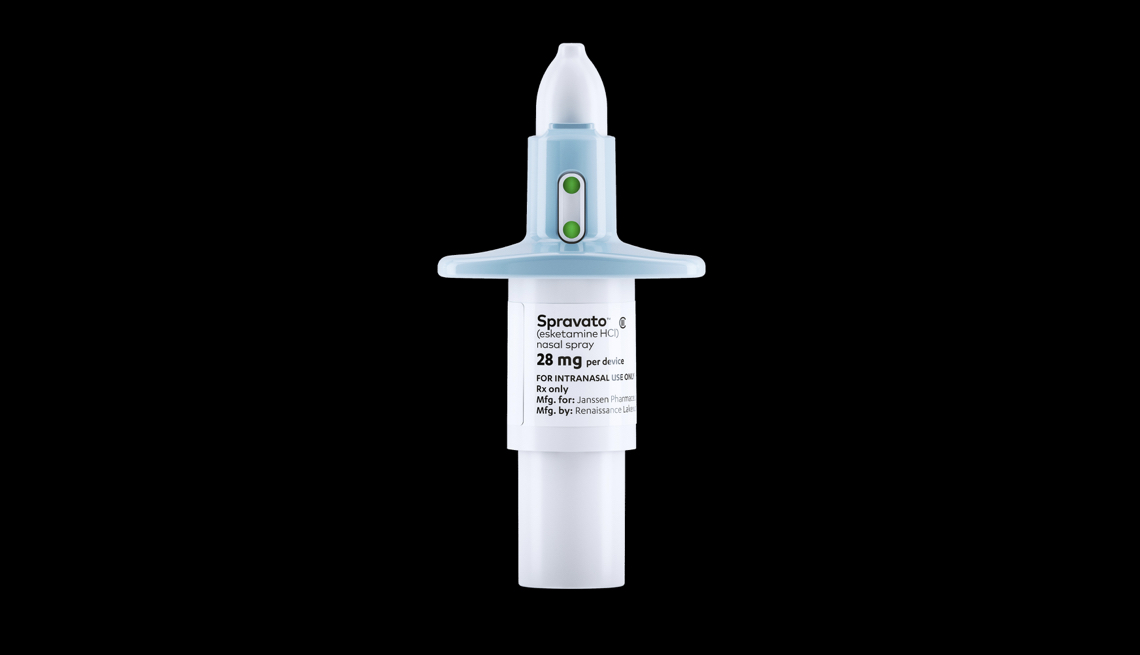AARP Hearing Center
Up to one-third of adults with major depression battle symptoms such as persistent feelings of sadness, trouble sleeping, fatigue and suicidal thoughts that don’t respond to treatment. Yet there’s been very little new on the market since Prozac revolutionized the treatment of depression in 1988. Until now. This past Tuesday, the Food and Drug Administration approved the nasal spray esketamine as the first new type of treatment for depression in over three decades.
“It’s quite possibly the biggest advance for mental health in the past 50 years,” says Gerard Sanacora, M.D., director of the Yale Depression Research Program in New Haven, Conn. “It truly offers hope to people who have not responded to classical standard antidepressant treatments.”
There are three main reasons, he says: First, it seems to be effective in cases where other standard antidepressants like sertraline (Zoloft), bupropion (Wellbutrin) and duloxetine (Cymbalta) have failed. Second, it acts very rapidly. “We used to tell our patients it could take weeks or even a few months before they would begin feeling better, and now this offers potential benefits within hours or days,” he explains. Finally, it’s a completely new way of treating depression. “Almost all of the other antidepressants on the market target two main neurotransmitters: serotonin and norepinephrine,” Sanacora says. These two neurotransmitters, in turn, activate another neurotransmitter, glutamate, which is what boosts your mood. Esketamine instead works directly on glutamate, which is why its effect is almost immediate.


































































